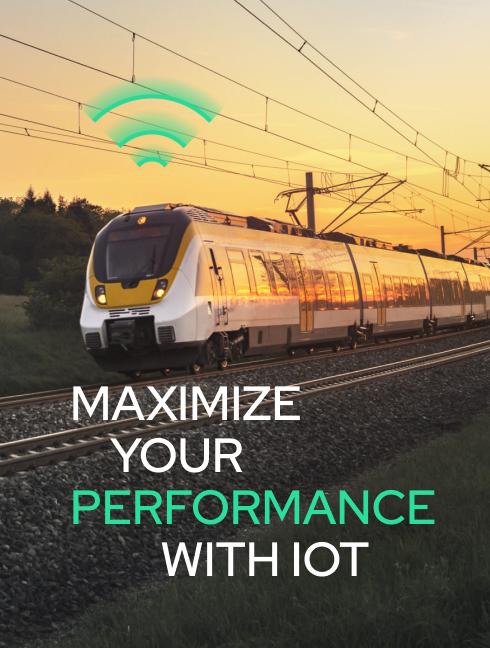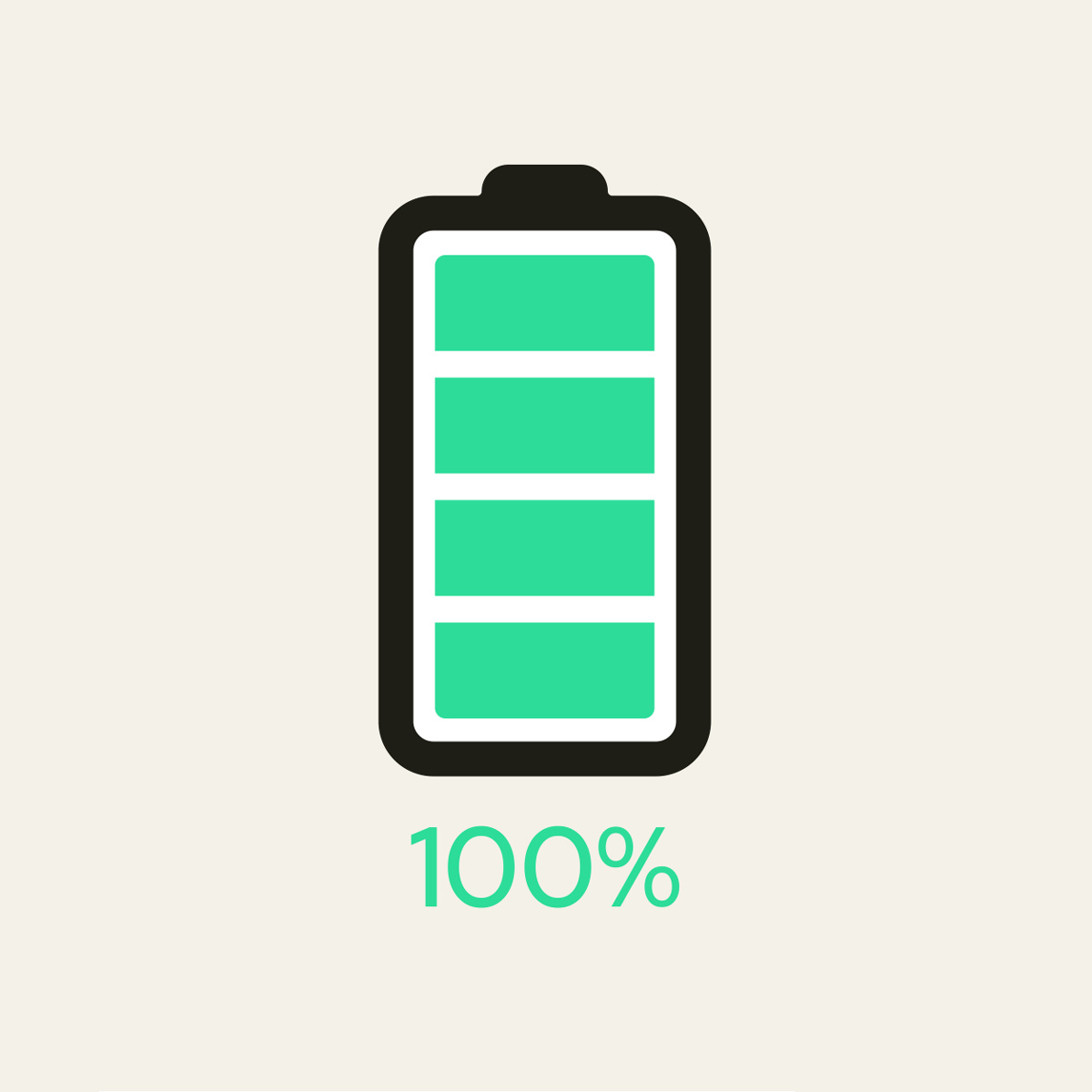Changing batteries isn’t a simple fix either. If you’re managing a fleet of 10,000+ IoT devices spread across multiple locations or even different countries, replacing them quickly becomes expensive and time-consuming. That’s why businesses that prioritize power efficiency gain a competitive edge. The less energy an IoT device consumes, the longer it can operate without human intervention—saving both time and money on maintenance.
This is where the "Low Power Mindset" comes into play. Rather than treating battery life as an afterthought, it should be a core consideration from the start. Everything from hardware selection to network communication strategies plays a role in energy consumption. By designing with efficiency in mind, businesses can extend battery life, reduce operational costs, and ensure their IoT solutions run smoothly for years.
The Essence of the Low Power Mindset
The Low Power Mindset is a holistic approach to IoT development that recognizes energy as a critical resource. It's about understanding that every component, every process, and every decision impacts the overall power budget. By adopting this mindset, developers can transform devices that might last weeks or months into powerhouses capable of operating for years, even decades, on a single charge.
This shift in perspective has profound implications for the IoT ecosystem. It enables the creation of truly autonomous devices, reduces maintenance costs, minimizes environmental impact, and unlocks new possibilities for applications in remote and challenging environments.
Why IoT Power Efficiency Matters
The advantages of optimizing power consumption extend far beyond mere convenience:
- Extended Device Lifespan: Less frequent battery replacements translate to significant cost savings over the lifetime of a device, especially in large-scale deployments. This is crucial in scenarios where accessing devices for maintenance is difficult or expensive, such as remote monitoring stations or implanted medical devices.
- Reduced Operational Costs: Fewer battery replacements mean fewer site visits, less manpower, and lower operational expenses. This is particularly beneficial in industries like agriculture, logistics, and environmental monitoring, where devices are often deployed in vast and inaccessible areas.
- Enhanced Reliability: Devices that stay online longer provide consistent and uninterrupted data streams, leading to more reliable insights and informed decision-making. This is essential for applications like industrial automation, where downtime can have significant financial and operational consequences.
- Environmental Sustainability: Longer battery life reduces electronic waste and minimizes the environmental impact associated with battery production and disposal. This aligns with the growing global focus on sustainability and responsible resource management.
- New Application Possibilities: Ultra-low power consumption opens doors to new IoT applications in areas where frequent battery replacement is impractical or impossible, such as remote wildlife tracking, environmental monitoring in extreme climates, and long-term infrastructure monitoring.
Key Strategies to Extend Battery Life in IoT Devices
Achieving optimal power efficiency in IoT devices requires a multi-faceted approach that encompasses hardware selection, software optimization, and network communication strategies. Here's a breakdown of key strategies:
1. Choose the Right Cellular Technology
Connectivity is a major power consumer in IoT devices. Selecting the appropriate cellular technology is crucial for balancing bandwidth needs with power efficiency. Modern cellular standards like LTE-M and NarrowBand-IoT are specifically designed for low-power wide-area network (LPWAN) applications, offering significant advantages over traditional cellular technologies.
- LTE-M: Provides a good balance between power efficiency and data rate, making it suitable for applications that require relatively frequent data transmission, such as asset tracking, wearables, and smart metering.
- NB-IoT: Prioritizes ultra-low power consumption and deep indoor penetration, making it ideal for applications with infrequent data transmissions, such as smart parking, environmental monitoring, and utility metering. NB-IoT excels in providing connectivity in challenging environments.
2. Leverage Power-Saving Modes: PSM & eDRX
LTE-M and NB-IoT offer advanced power-saving features that can dramatically extend battery life:
- PSM (Power Saving Mode): Allows devices to enter a deep sleep state while remaining registered on the network. In PSM, the device essentially powers down, while still being connected to the network, waking up periodically to check for messages or transmit data. This significantly reduces power consumption, as the device is not actively listening to the network.
- eDRX (Extended Discontinuous Reception): Enables devices to sleep for extended periods and wake up at pre-defined intervals to check for incoming messages. This reduces the amount of time the device spends actively listening to the network, thus conserving energy.
Comparison of PSM and eDRX:
|
Feature |
PSM |
eDRX |
|
Sleep Depth |
Deep Sleep |
Light Sleep |
|
Reachability |
Device unreachable until wake-up |
Intermittently reachable |
|
Downlink Latency |
High (messages buffered) |
Moderate (messages received periodically) |
|
Best for |
Devices with infrequent data transmissions and minimal downlink needs |
Devices needing periodic downlink reception |
The choice between PSM and eDRX depends on the specific requirements of the application. For devices that primarily transmit data and rarely receive commands, PSM is ideal. For applications that require more frequent two-way communication, eDRX offers a balance between power savings and responsiveness.

3.Reduce Data Transmission Frequency
Every data transmission consumes energy. By minimizing the frequency of data transmissions, devices can significantly extend their battery life. This can be achieved through various techniques:
Data Aggregation: Instead of transmitting every data point individually, devices can aggregate data and transmit it in batches at less frequent intervals.
Event-Triggered Transmissions: Instead of transmitting data on a fixed schedule, devices can be configured to transmit only when specific events or thresholds are met.
Adaptive Sampling Rates: Devices can dynamically adjust their sampling rates based on the conditions being monitored. For example, a sensor monitoring air quality could increase its sampling rate when pollution levels are high and decrease it when levels are low.
4. Optimize Data Transmission Protocols
The choice of communication protocol can significantly impact power consumption. Some protocols are inherently more efficient than others, especially for resource-constrained IoT devices.
- UDP (User Datagram Protocol): A lightweight and connectionless protocol that minimizes overhead, making it suitable for applications where occasional data loss is acceptable.
- MQTT-SN (MQTT for Sensor Networks): A lightweight version of MQTT specifically designed for low-power, lossy networks. It minimizes header sizes and supports sleep modes, making it ideal for battery-powered devices.
- CoAP (Constrained Application Protocol): A specialized web transfer protocol designed for resource-constrained devices and low-power networks. It uses a RESTful architecture and supports efficient data exchange.
It's important to avoid using protocols with high overhead, such as HTTP, which can significantly increase power consumption.
5. Hardware Optimization
Hardware choices play a crucial role in power efficiency. Careful selection of components and design considerations can significantly impact battery life.
- Energy-Efficient Components: Choose microcontrollers, sensors, and communication modules specifically designed for low-power operation. Look for features like low-power modes, sleep states, and efficient power management circuits.
- Optimize Antenna Design: Proper antenna design and placement ensure efficient signal transmission, reducing the need for retransmissions and minimizing power consumption.
- Efficient Firmware: Firmware plays a critical role in managing power consumption. Regularly updated firmware can optimize device performance, fix bugs, and improve power management strategies.
6. Unlock the Full Potential of IoT with iSIM & eSIM
The future of IoT connectivity lies in iSIM and eSIM technology—solutions designed to make devices smarter, more efficient, and globally scalable.
Unlike traditional SIM cards, eSIM and iSIM integrate connectivity directly into the device, eliminating the need for physical SIM slots and manual replacements. This means IoT devices can seamlessly switch between networks and operate across multiple countries without requiring new SIMs or contracts with local operators.
With iSIM technology, the SIM functionality is built directly into the device’s secure processor, taking efficiency even further by reducing power consumption and saving valuable internal space. This extra room can be used to increase processing power, extend battery life, or enable more compact device designs—key advantages for applications like smart sensors, medical devices, and industrial IoT solutions.
By adopting iSIM and eSIM, businesses can future-proof their IoT deployments with lower costs, greater reliability, and improved performance.
Ready to explore the next generation of IoT connectivity? Check out our latest article on why iSIM and eSIM are transforming the industry.
7.Sleep/Wakeup Instead of Startup/Shutdown
The process of starting up and shutting down consumes significant energy. Instead of completely powering off between transmissions, devices should utilize sleep modes. Modern microcontrollers offer various sleep modes with different levels of power consumption, allowing devices to conserve energy while remaining responsive.
8. Consider Energy Harvesting for Longevity
In some applications, energy harvesting can supplement or even replace batteries, providing a sustainable and long-lasting power source. Various energy harvesting technologies are available, including:
- Solar Panels: Ideal for outdoor deployments, solar panels convert sunlight into electrical energy.
- Kinetic Energy Harvesting: Converts mechanical vibrations or movement into electrical energy, suitable for wearables and industrial equipment.
- Thermal Energy Conversion: Harvests energy from temperature differences, applicable in industrial settings or environments with significant thermal gradients.
- RF Energy Harvesting: Captures energy from radio frequency signals, enabling devices to be powered wirelessly.
While energy harvesting might not be suitable for all use cases, it offers a promising avenue for extending the operational life of IoT devices, especially in remote or inaccessible locations.
Conclusion: Embracing the Low Power Mindset
Maximizing battery life in IoT is not an afterthought; it's a fundamental design principle. The Low Power Mindset requires a holistic approach that considers every aspect of the device lifecycle, from hardware selection to software optimization and network communication strategies.
By embracing this mindset, developers can create IoT solutions that are not only functional and reliable but also energy-efficient and sustainable. This will pave the way for the next generation of IoT applications, enabling the deployment of billions of devices in diverse and challenging environments, unlocking new possibilities for innovation and societal impact.





